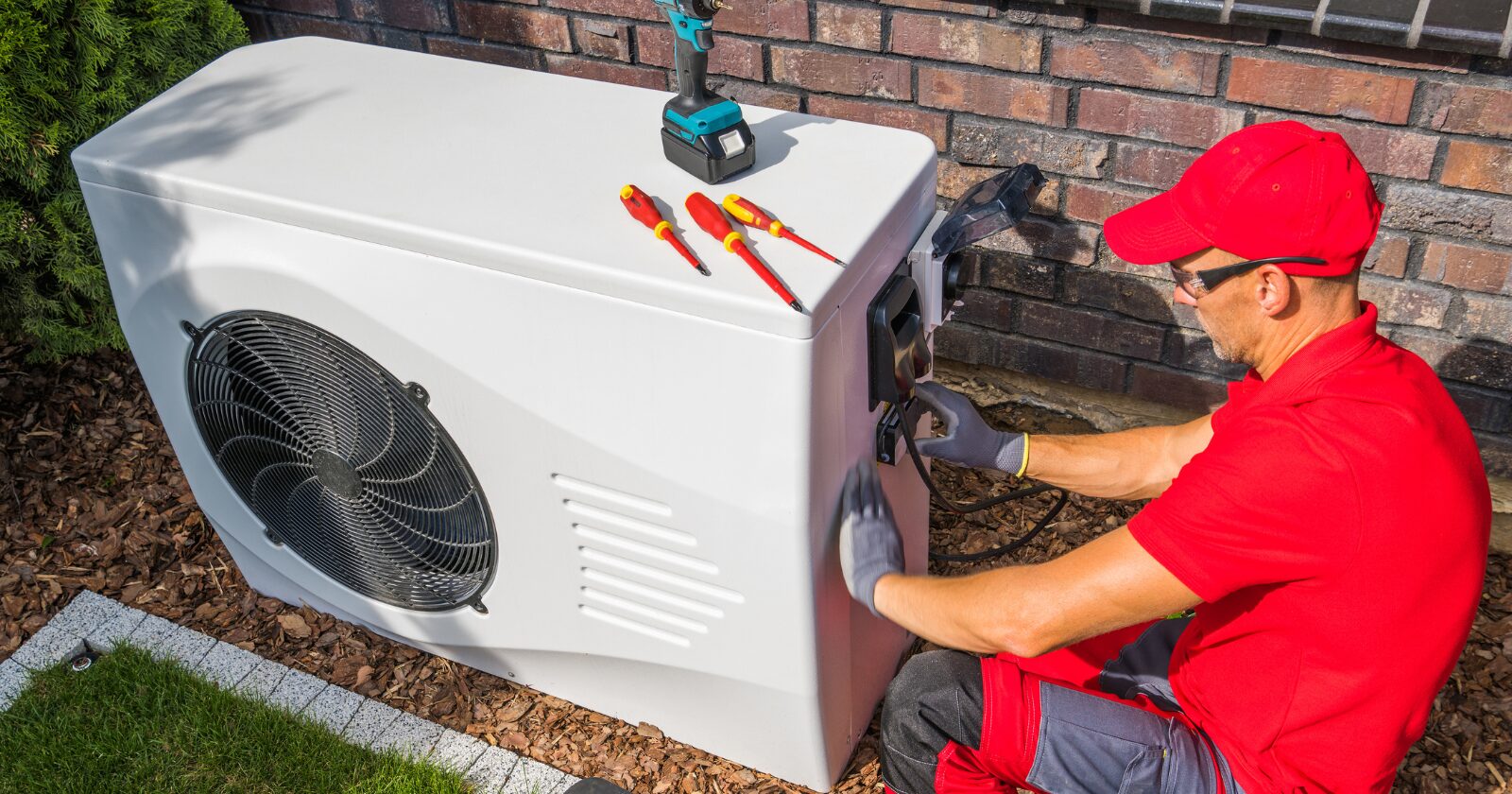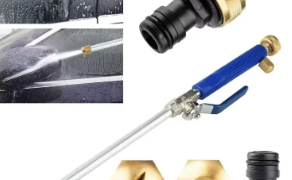The world is evolving, and many new technologies are emerging. To get along with the advanced world, Austin homeowners should maintain and upgrade their HVAC. HVAC Express and many other expert HVAC service providers suggest following some essential tips to keep your HVAC healthy in the Austin climate to keep you ahead of others in 2025.
Why HVAC Tips Matter for Austin Homeowners
Austin homeowners usually experience hot summers and mild winters. Summers often exceed 100°F and winter temperature drops unpredictably. HVAC preparations are very essential to prepare to stay ahead of this weather. Effective HVAC tips can:
- Ensure your system handles seasonal peaks.
- Improve energy efficiency and reduce costs.
- Maintain balanced humidity to prevent mold and save energy.
- Support new technologies and construction needs.
- Enhance indoor air quality and minimize environmental impact.
Essential HVAC Tips for 2025
As HVAC is an everyday essential, you should handle it with care. Regular check-ups and proper maintenance are needed to keep the system efficient. Following some expert tips makes your HVAC run longer. You can also avoid frequent repairs and get efficient performance. Here are some essential HVAC tips for Austin homeowners in 2025:
- Maintenance and Tune-ups
Though maintenance and tune-ups are not anything new in the HVAC industry, these are the keys to keeping you ahead. Make regular check-ups and maintenance the priority. Regular inspections allow you to find out the smallest issues yet to arise. So, you get the opportunity to fix it at the earliest possible time. This keeps away bigger issues or threats.
Also, regular tune-ups, like cleaning, lubricating, and tightening loose parts, keep the system on track. This helps to experience the best and most efficient performance for a longer period. There is no alternative to maintaining and tuning up the system.
Here is a maintenance and tune-up checklist. Use it every time you conduct maintenance and tune-ups.
| Maintenance and Tune-ups Checklist |
| ü Replace the air filters (every 1 to 3 months)
ü Inspect and recharge the refrigerants ü Check and reset the thermostat ü Clean the condensate and evaporator coils ü Inspect and seal the ducks (if cracks or leaks are found) ü Tighten wirings and electric connections. ü Lubricate moving parts (if the system does not have self-lubricating features) ü Clean the condensate drain line and pan ü Clean the vents, registers, heat exchangers, outdoor unit, blower motors and fans ü Check the airflow rate ü Insulate the ductwork ü Test safety control ü Mark unusual symptoms or issues |
This is a basic checklist. Add according to your house and the advanced tools you have. However, checking these points every time and fixing any arising issues makes the HVAC efficient. Hiring professional HVAC service providers ensures you get the most out of these maintenance.
- Upgrade to an Energy-Efficient System and Smart Tools
Picking energy-efficient systems is the trend in the modern world. There are other benefits like reduction of energy wastage and cost savings too. While upgrading, pick a system that:
- Has high SEER2 ratings
- Is certified by ENERGY STAR
- Has variable-speed compressors
- Has smart thermostats
- Is compatible with other smart devices and features
Experts like HVAC Express suggest incorporating different advanced tools and features like smart thermostats, humidifiers, dehumidifiers, zoning systems, renewable energy integration, etc.
- The smart thermostats are quite helpful in adjusting the temperature easily and remotely. You can use programmable thermostats or automated thermostats. Many models are designed to learn your preferences and usage patterns and set the temperature accordingly.
- Humidifiers and dehumidifiers are used to control the humidity level inside the house. Humidity makes the hot weather feel unbearably hot and cold weather dry. So, using humidifiers and dehumidifiers keeps the humidity level between 30% to 50%.
- Zoning systems are a great option to increase the efficiency of the HVAC. It divides your house into multiple zones and controls each zone’s temperature independently. When a zone is unoccupied, it changes the temperature to save energy.
- Renewable energy integration indicates using Geothermal or solar-powered HVAC Systems. Geothermal HVAC Systems usually use the earth’s stable temperature in the heating and cooling process. Likewise, solar-powered HVAC systems use solar energy. These systems save up to 50% of energy though their initial setup cost is higher than usual.
Here is a chart showing what percentage of energy you can save by energy-efficient systems and advanced tools.
| Advanced Technologies / Tools | Energy Savings (in percentage) |
| Higher SEER2-rated HVAC | 30% |
| Smart Thermostats | 15% |
| Zoning System | 20% |
| Humidifier / Dehumidifier | 10% |
| Variable-speed Compressor | 25% |
| Geothermal HVAC Systems | 50% |
| Solar-Powered HVAC Systems | 50% |
This chart shows which technology saves what percentage of energy. So, consult your HVAC service providers and upgrade your old system to a newer and advanced one.
- Integrate Add-Ons
Integrating add-ons will improve your HVAC system in 2025, regardless of whether it’s new or old. These add-ons ease the heating and cooling process, eliminate stress on the system, and provide a safe and secure indoor environment.
- Carbon Monoxide Detector
Install a carbon monoxide detector to detect this odorless gas. Many HVAC systems with gas furnaces may emit this gas. It is harmful to the human body and has potential health risks. So, you can be safe from this gas using a detector.
- HEPA Filters
Any good quality air filter helps to filtrate the air as long as you keep changing it regularly. However, for greater efficiency, switch to HEPA filters. These can trap 99.97% of the small particles. It makes the indoor air healthier and pollution-free.
- Air Purifiers
Add air purifiers to eliminate all types of contaminants from the air and improve the air quality. It neutralizes harmful particles, making the air safe.
- UV Light Systems
Ducts and evaporator coils are humid. So they are prone to growing molds, bacteria, etc. By installing UV lights in the ductwork and evaporator coils, you can prevent mold and microbial growth. UV lights kill these molds and bacteria.
- Reflective Window Films or Thermal Curtains
Direct sunlight increases the indoor temperature in the summer. To reduce this heat gain, you can add reflective window films or thermal curtains. Reflective window films block UV rays too. Use it in the east and west-facing windows for effective results.
Thermal curtains are also effective. It traps the heat inside during winter and blocks the sunlight during summer. Use these to reduce pressure on the HVAC system.
- Reflective Roof Coatings
Use it for your home’s roof to reduce the roof temperature by up to 50° Fahrenheit. The reflective roof coatings reflect the sunlight and absorb less heat. It is a beneficial add-up for summers.
Final Thoughts
In Austin’s climate, homeowners want some effective and trendy solutions to keep themselves advanced. So, expert HVAC service providers like HVAC Express suggest HVAC tips to bring comfort and efficiency.
Ensure regular maintenance and tune-ups. It is the first priority to stay ahead of others and keep the system healthy. Upgrade the HVAC to smart systems and integrate Smart features that save energy. Also, install the add-ons to decrease the pressure on the HVAC system and increase the lifespan.



































